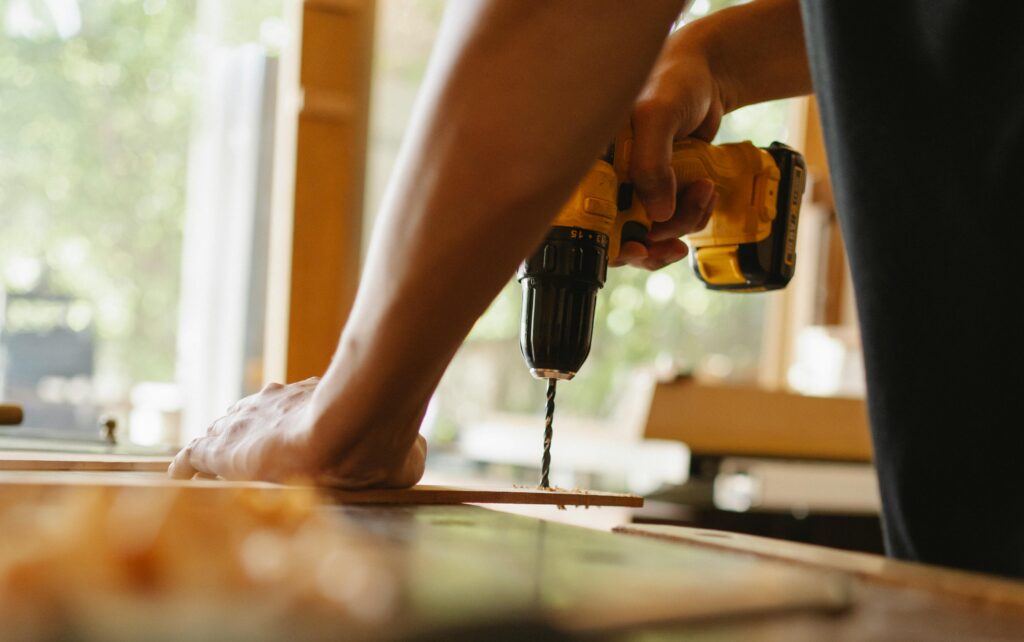When planning a new construction project, choosing between steel frame buildings and timber frame construction can be challenging. Both materials offer unique advantages and are well-suited to specific types of projects.
In this blog, we’ll dive into the key differences between steel frames and timber frames, examining factors such as strength, sustainability, cost, and design flexibility to help you make the best decision for your project.
1. Strength and Durability
Steel: Known for its incredible strength and resilience, steel is a go-to material for large-scale and load-bearing structures. It can withstand extreme weather conditions and is resistant to pests and rot. Steel structures are also highly durable, withstanding heavy use over decades without significant wear.
Timber: While timber may not match steel’s raw strength, advancements in engineered wood, such as cross-laminated timber (CLT), have significantly improved its load-bearing capabilities. Timber remains more susceptible to fire, moisture, and pests, but with proper treatment and maintenance, it can be highly durable.
2. Sustainability
Steel: Although steel is recyclable, its production is energy-intensive, leading to a high carbon footprint. However, innovations in green steel production aim to reduce its environmental impact, making it a more eco-friendly choice in the future.
Timber: As a renewable resource, timber is often seen as a more sustainable option. Responsible forestry and the use of certified sustainable timber can ensure a lower environmental impact. Additionally, timber stores carbon, further reducing its ecological footprint during its lifecycle.
3. Cost and Availability
Steel: Steel can be more expensive upfront due to the costs of production and transportation. However, its longevity and low maintenance needs often offset the initial investment over time.
Timber: Timber tends to be more cost-effective, especially for smaller-scale projects. Its natural availability makes it a preferred choice for residential builds. However, prices can vary based on the type of wood and whether it’s locally sourced or imported.
4. Design Versatility
Steel: The malleability of steel makes it perfect for creating unique, modern designs. Its strength enables architects to incorporate larger spans and open spaces without requiring excessive support. Steel is also ideal for high-rise buildings and industrial structures.
Timber: Timber’s aesthetic appeal and warmth make it a favorite for residential and commercial projects. It works well in both traditional and contemporary designs. Engineered wood products have further expanded timber’s versatility, allowing for innovative, eco-friendly architectural solutions.

5. Ease of Construction
Steel: Prefabricated steel components make construction faster and more efficient, particularly for larger projects. However, steel requires specialized tools and expertise for assembly.
Timber: Timber is lightweight and easier to work with on-site, making it an excellent choice for smaller projects or when construction speed is essential. However, it can require more detailed planning to ensure longevity, particularly in environments prone to moisture.
So, Which Is Better?
There’s no one-size-fits-all answer to this question. The decision between steel construction and timber depends on the nature of your project:
- For large-scale, high-rise, or industrial projects, steel often comes out on top due to its strength and durability.
- For residential, small-scale, or eco-conscious builds, timber is usually preferred for its sustainability and natural appeal.
At Sussex Structural Engineers, we specialize in helping clients navigate these choices to ensure the best outcomes for their projects. Whether you’re planning a new build or a renovation, we provide expert guidance to ensure your materials align with your design, budget, and environmental goals.
Ready to Build?
Contact us today to discuss your project and discover how we can bring your vision to life with the right materials and engineering expertise.
